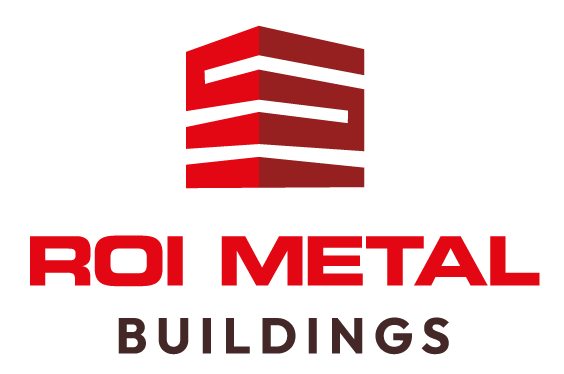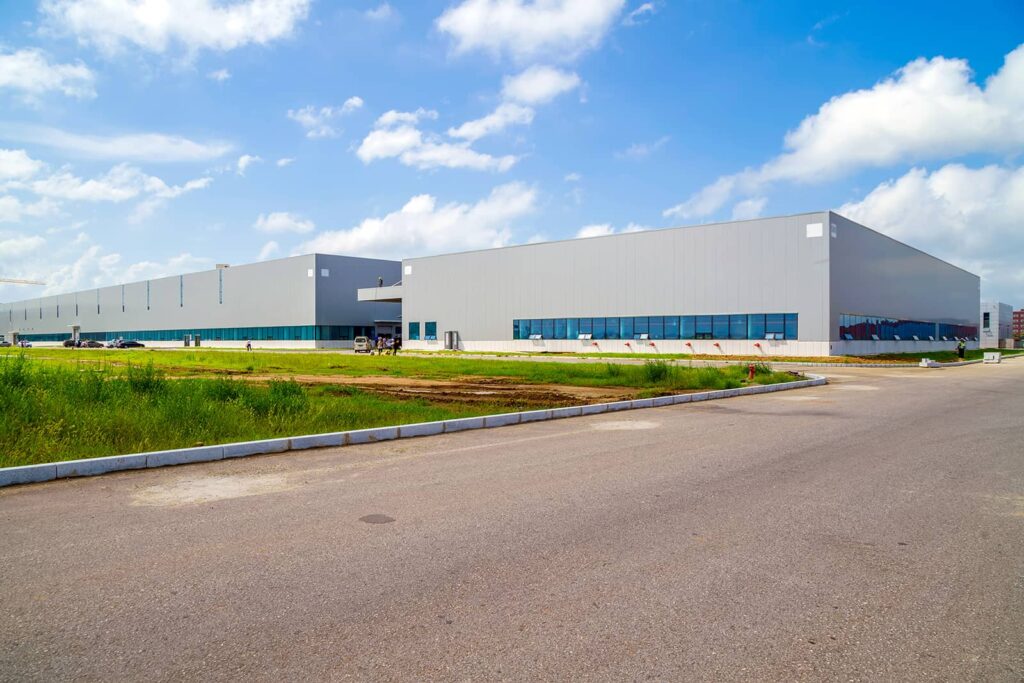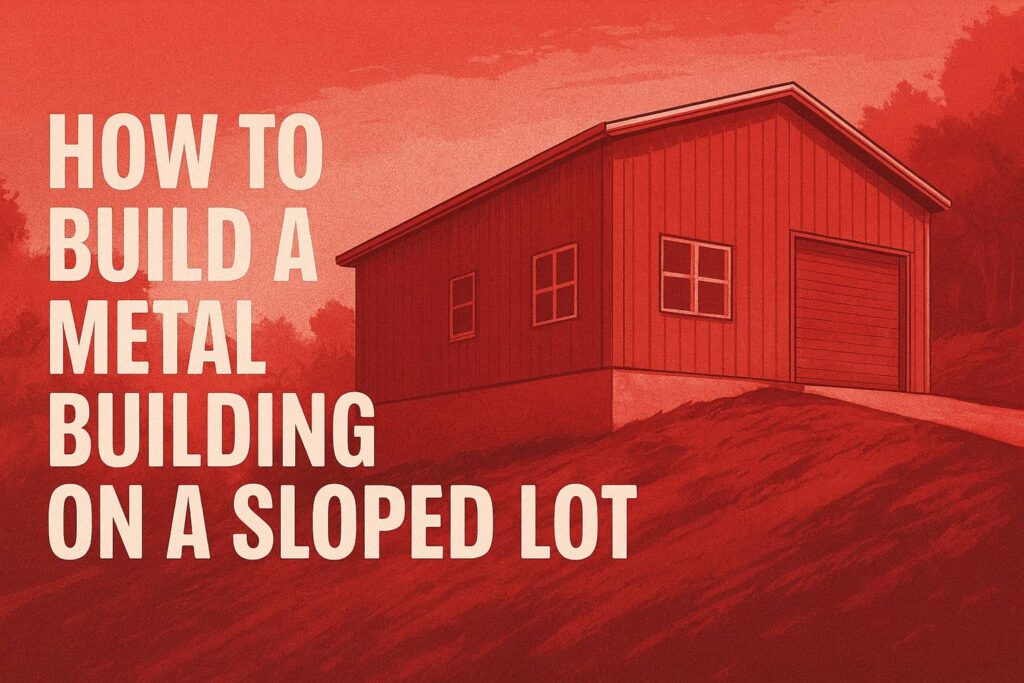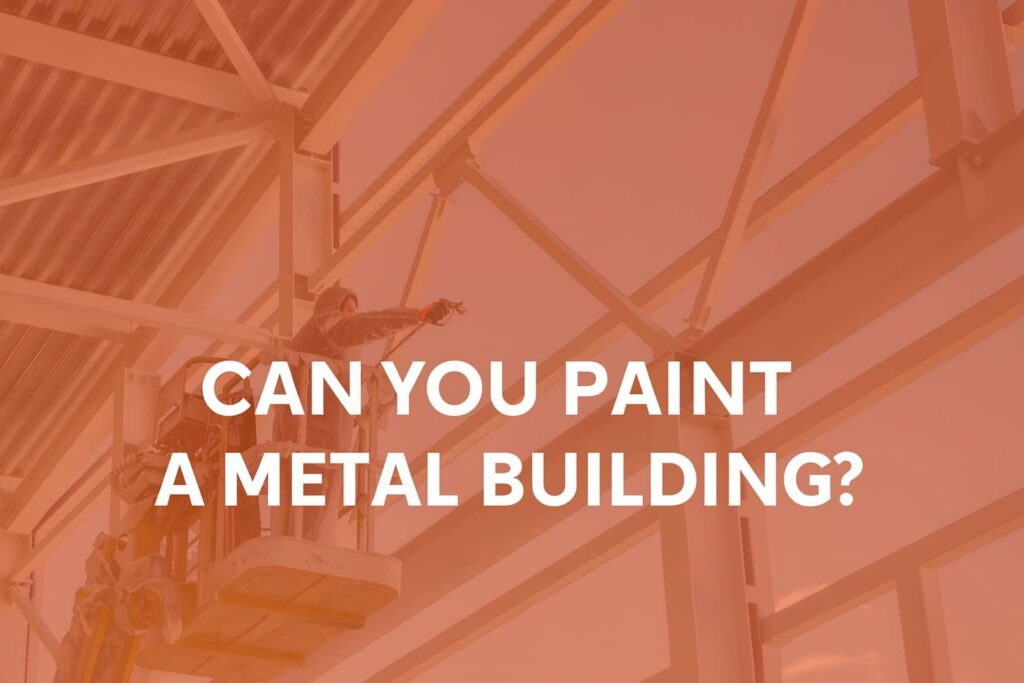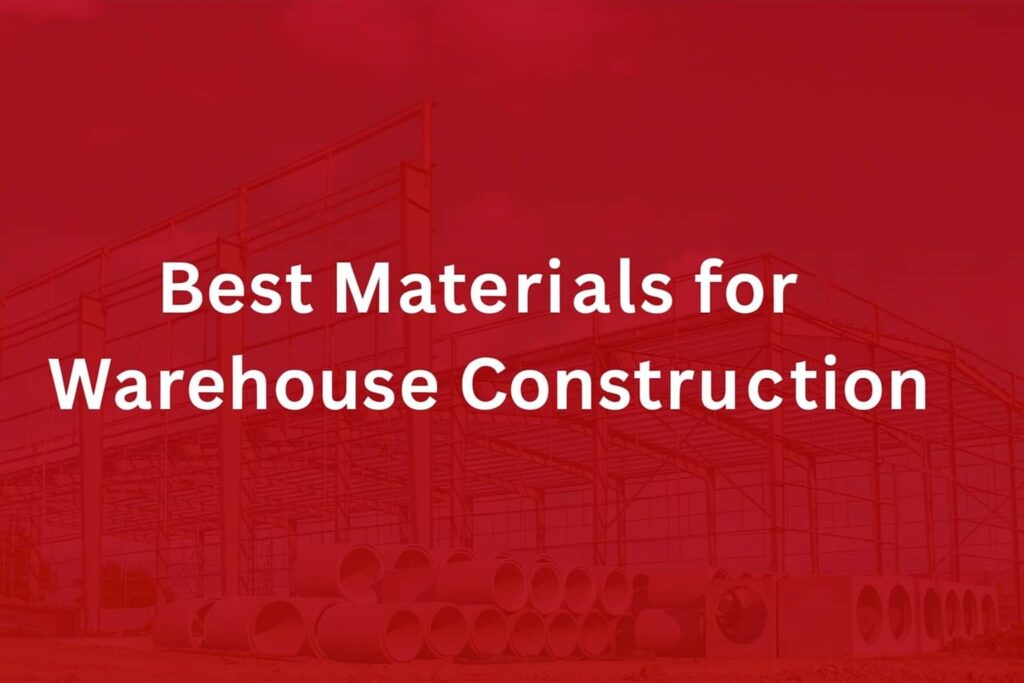When choosing the right type of warehouse, many people find themselves torn between metal and wood. You might think the choice is simple—after all, wood has been a staple in construction for ages. But here’s the catch: metal warehouses are surprisingly more beneficial than their wooden counterparts. From incredible durability that withstands extreme weather to lower maintenance costs that keep your budget in check, metal structures offer solutions that extend well beyond traditional ideas. In this article, we’ll dive deeper into the benefits of metal warehouses vs wood warehouses, helping you make a choice that meets both your operational needs and financial goals.
Metal warehouses offer several advantages over wood warehouses, including superior durability, lower maintenance requirements, and immunity to pests such as termites. Additionally, metal structures are less susceptible to moisture damage and provide long-term cost efficiency due to reduced labor costs during installation and minimal upkeep needs compared to wood buildings.
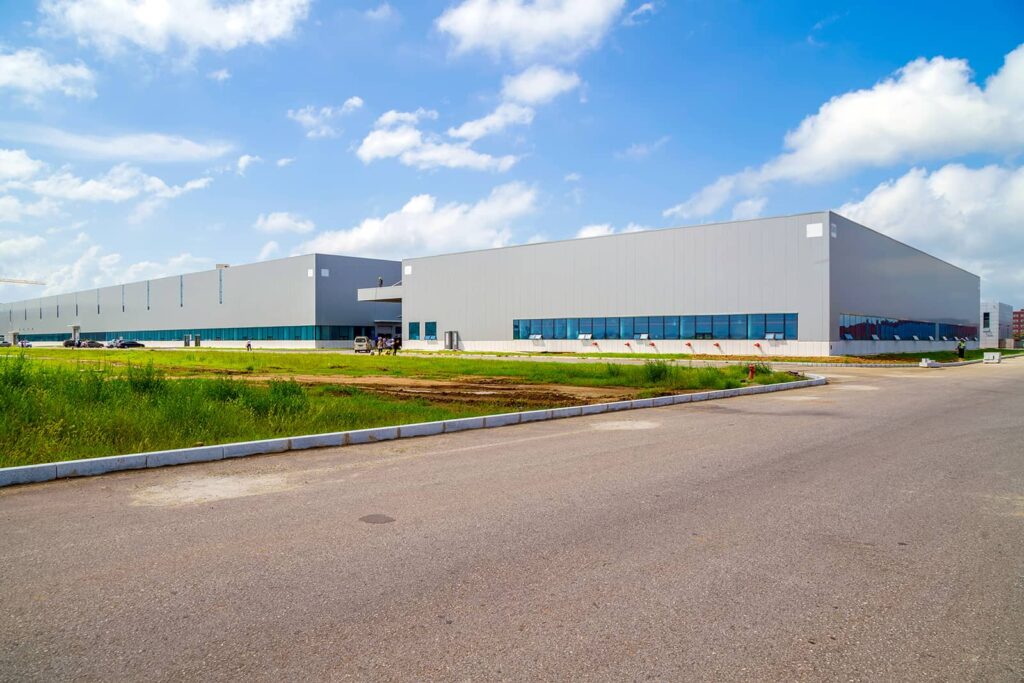
Metal Warehouses vs Wood Warehouses: Comparing Material Strength and Durability
Metal warehouses, especially those made from steel, stand out due to their remarkable durability. Unlike wood, which can succumb to various environmental influences like moisture and pests, steel provides a robust, stable choice for constructing this kind of structure.
Steel can easily withstand the test of time—often lasting between 30 to 50 years longer than wooden buildings. This longevity is crucial for business owners looking for a reliable investment that won’t require frequent replacements or major repairs.
Beyond sheer lifespan, metal’s resistance to termites and other pests offers added peace of mind. Homeowners who have experienced the anguish of costly termite damage know all too well the headaches associated with wood warehouses. A steel structure eliminates this worry completely, allowing property owners to focus on their operations instead of potential infestations.
Consider this: many commercial buildings made from steel have demonstrated an impressive ability to endure extreme weather conditions. Steel structures are commonly used for manufacturing plants due to their ability to support heavy machinery and demanding operational environments. Think about structures enduring hurricanes, strong winds, or heavy snowfalls; metal warehouses generally maintain their integrity much better than wooden counterparts, which may warp or suffer significant damage under such pressures. These steel structures are designed to withstand harsh weather conditions and are highly damage-resistant, providing protection against environmental threats.
Furthermore, performance metrics affirm these claims. Metal framing incorporates tensile strength ratings ranging from 50,000 to 100,000 psi (pounds per square inch), dwarfing wood’s comparatively meager rating of 7,000 to 12,000 psi.
What does this mean for warehouse owners? It means that metal structures provide superior resistance against both physical stress and unexpected impacts, ensuring safety and durability over time.
“Metal structures prove not only more robust under strain but also significantly more resilient against the elements.”
According to industry data, the average life expectancy for metal warehouses significantly surpasses that of their wooden counterparts. In fact, research shows they last upwards of 30 years longer—a compelling argument for making the switch to metal construction when considering future projects.
Comparatively, wood requires significant protection measures to ensure its longevity and reliability in a similar manner. Without regular treatments and maintenance routines, wooden structures risk damage from moisture exposure or pest invasions that could lead to expensive repairs down the line.
Shifting our focus now will allow us to examine important factors such as expenses and upkeep associated with different warehouse materials.
Cost Analysis and Maintenance
The financial landscape of constructing a warehouse reveals how vital it is to consider not only the initial investment but also ongoing expenses over time. The comparison often highlights stark differences between metal and wood warehouses. For example, while the upfront costs associated with metal panels can be around 5% higher than traditional wood trusses, this isn’t the whole story. It’s essential to look beyond upfront expenditures and examine each material’s cost-effectiveness over time, including factors like low maintenance requirements, less maintenance, and fewer repairs for metal warehouses compared to the frequent repairs and higher maintenance needs of wood structures.
Initial Costs
With metal structures, labor costs often see significant reductions—as much as 50%—due to rapid assembly times. This efficiency springs from several factors: pre-fabricated components, lightweight materials that are easier to handle, and simplified design elements requiring less onsite labor. These efficiencies minimize labor expenses and enable you to start operations sooner. In fact, the construction time for metal warehouses is typically much shorter than for wood warehouses, thanks to off-site fabrication and streamlined assembly. Imagine completing a project ahead of schedule; that’s money saved right from the get-go!
However, it’s not just about what you spend initially; let’s explore the ongoing costs that can shape your decision-making process.
Ongoing Maintenance
Maintenance plays a pivotal role in shaping long-term costs. Wood buildings typically demand consistent upkeep, which can strain annual budgets through frequent treatments such as painting and pest control. In addition to these routines, periodic inspections are essential to prevent decay and maintain structural integrity over time. These necessities arise because wood structures are more susceptible to rot, insects, and weather-related wear. Such upkeep can quickly add up—not just in monetary terms but in time spent managing these tasks.
Conversely, metal warehouses present a stark contrast. Their hardy nature translates to minimal maintenance requirements—often just a simple rinse or occasional cleaning will suffice. Not only does this lower labor involvement mean more savings for you, but it also allows owners to focus on other pressing business needs rather than constant repairs or upkeep.
The maintenance benefits extend far beyond mere finances; they contribute important peace of mind. Knowing your investment requires less oversight frees up both time and resources to dedicate toward growing your enterprise rather than maintaining infrastructure.
Having examined cost implications related to initial investments and upkeep, we now shift our focus to the speed at which construction can be completed, as this is another critical factor influencing your choice of warehouse materials.
Speed of Construction and Assembly
Metal warehouses boast a considerable advantage when it comes to speed of construction, primarily due to their prefabricated components. Pre-engineered steel buildings and pre-engineered steel systems are especially efficient, offering rapid assembly and reduced on-site labor. Unlike traditional wood structures that can take months to complete, metal buildings can often be assembled in a matter of weeks, significantly reducing both labor costs and time on site. Imagine the relief and satisfaction of seeing your structure rise so swiftly; it’s like watching a time-lapse video come to life right before your eyes!
Take, for instance, a client who recently collaborated with us at Roi Metal Buildings. They reported an astounding fact: their impressive 20,000 square foot warehouse was finished in just three weeks! Using metal building kits can further speed up the build and construct process, making the timeline even more impressive. This timeline is striking when compared to the typical three-month completion window expected for a wooden structure. Such efficiency not only keeps projects on budget but also minimizes disruption to surrounding operations—an essential consideration for businesses that rely on agility.
Moving beyond mere timelines, it’s important to highlight how this swiftness enhances safety as well. With fewer labor hours necessary for assembly—averaging around 20-30% less compared to wood building methods—the risk of accidents during construction decreases substantially. The quicker pace means there are fewer workers on-site at any given moment, reducing potential hazards and streamlining workflow.
Another advantage lies in the way metal structures can be strategically designed.
Modular designs contribute significantly to the speed of metal warehouse assembly. These pre-engineered structures allow for quick onsite adaptations without compromising structural integrity. The construction process for metal warehouses is streamlined and less affected by design complexity compared to wood structures, allowing for faster project completion regardless of architectural features. Because of this modular flexibility, skilled crews can put together various components in a fraction of the time that traditional framing techniques demand. Weather conditions have less impact on project timelines with metal construction; while rain or humidity can slow down wooden builds significantly, metal assemblies can often progress year-round.
Picture trying to assemble a complicated piece of furniture while battling a rainstorm—frustrating, right? With metal warehouses, you avoid all that chaos completely.
Speed in construction and assembly saves time and money while elevating safety standards. Your choice in materials truly matters—not just for aesthetics or cost but also for how quickly you can turn plans into reality.
As we consider these advantages, it becomes clear that material selection can greatly influence operational efficiency and safety protocols. This naturally leads us to examine the crucial aspects surrounding safety measures and fire resistance in these constructions.
Safety and Fire Resistance
When it comes to safety in construction, fire resistance stands out as a key priority. Steel buildings inherently offer a considerable advantage in this aspect. Unlike wood, which can ignite quickly and combust, steel is non-combustible and can withstand high-temperature exposure without structural failure. This characteristic alone makes metal warehouses more appealing to business owners and developers who prioritize safety. Metal warehouses are also more resilient against natural disasters such as earthquakes and floods, providing additional peace of mind in regions prone to these events.
According to the U.S. Fire Administration, approximately 80% of warehouse fires involve wooden structures. It’s a statistic that highlights the vulnerability of wood in the face of fire hazards.
In reality, structural failures in wooden warehouses can begin at surprisingly low temperatures, sometimes as low as 200°F (93°C). This alarming fact underscores how crucial material choice is when planning a warehouse structure. Metal, on the other hand, can endure higher temperatures without compromise. Given its fire resistance rating of up to two hours, metal provides an invaluable buffer against the risk of flames spreading uncontrollably.
Furthermore, many insurance companies recognize these advantages and reward owners of metal structures with lower premiums due to their reduced fire risks. Such savings can translate into significant financial benefits over time. In locations where wildfires are a real threat, investing in a metal warehouse might not only be a safeguard but also an economically sound decision.
Aside from fire resistance, it’s important to consider other safety features associated with metal structures. For instance, their consistent quality ensures fewer defects compared to wooden materials, which are susceptible to warping or decay over time if not properly maintained. Protective coatings applied to steel further enhance its durability by preventing rust, corrosion, and moisture-related issues, contributing to a longer lifespan. This uniformity and added protection mitigate risks related to compromised integrity due to pest infestations or moisture changes that plague wooden frameworks.
While evaluating safety and fire resistance, it’s essential to also explore how insulation properties and the design adaptability influence your material choice for constructing a warehouse.
Thermal Insulation and Design Flexibility
Insulation is vital for maintaining comfortable internal temperatures, especially in warehouses that may house sensitive equipment or inventory. While it’s true that metal’s thermal conductivity means it may require more insulation to regulate temperature effectively, advancements in modern insulative materials and techniques have made this concern far less daunting.
Today’s insulated metal panels (IMPs) are impressive. They allow buildings to achieve high thermal control performance while also ensuring substantial energy savings. IMPs are known for their energy efficiency, as they help minimize heat transfer and maintain optimal indoor conditions with less energy input. This means you can enjoy a climate-controlled environment without stressing over skyrocketing energy bills.
One notable benefit of utilizing IMPs is their ability to create energy-efficient environments even with metal’s inherently conductive properties. By cleverly layering insulation within these panels, facilities can keep a steady temperature, significantly reducing reliance on heating or cooling systems. This helps reduce energy consumption and lowers overall energy consumption in warehouses, leading to a quicker return on investment and making the space more eco-friendly.
Imagine walking through a spacious facility, where every corner feels just right—not too hot in summer nor icy in winter—all thanks to efficient design and effective insulation strategies.
Design Flexibility
Now, stepping beyond the numbers, let’s discuss design flexibility—one area where metal structures shine like no other. Although wood traditionally offers superior natural insulation properties, it’s metalliferous warehouses that take the lead when it comes to expansive designs. Metal’s strength allows for larger spans without needing cumbersome internal columns, enabling the creation of vast open spaces tailored to specific operational needs.
This incredible design capacity yields numerous advantages:
- Large, open interior spaces free from obstructions, thanks to clear span construction.
- High ceilings that provide ample vertical space for storage, equipment, or large machinery.
- Customizable roof styles to enhance both the aesthetic appeal and architectural flexibility of your warehouse.
- Simpler incorporation of renewable energy sources like solar panels directly onto the structure.
- Exciting opportunities for modern aesthetic designs that can turn your warehouse into not just a facility but a striking landmark.
The result? A space that maximizes productivity while showcasing architectural beauty—quite different from what you might expect from a storage unit.
With such critical factors as thermal management and flexibility addressed, let’s investigate how these aspects influence the broader landscape of building materials and sustainability efforts moving forward.
Environmental Impact Assessment
Environmental sustainability is a growing concern in the construction industry today, and it extends beyond the mere choice of building materials. As the construction industry increasingly focuses on sustainable building material choices, evaluating the impact of metal versus wood warehouses becomes even more important. Steel and wood are both traditional materials used in warehouse construction, each with their own environmental benefits and challenges. When evaluating the impact of metal versus wood warehouses, several key factors emerge that can profoundly affect our ecosystems and future generations. With steel being a predominant building material in modern warehouses, let’s examine its environmental advantages.
Steel Recycling
One of the most compelling aspects of steel is its recyclability. Remarkably, nearly 90% of steel components used in construction are recyclable. Commercial steel buildings often utilize recycled steel components, making them an environmentally responsible choice for business infrastructure. This statistic highlights the durability and lifecycle of steel; when a metal building is no longer needed, its components can be repurposed rather than sent to a landfill. Unlike wood, which decays over time and contributes to waste, steel remains valuable indefinitely. By repurposing steel for future projects, you help reduce raw material extraction, leading to fewer natural resources being depleted.
Carbon Footprint
Another crucial element is the carbon footprint associated with each building type. Due to advanced insulation options present in metal structures, they often require less energy for heating and cooling than their wooden counterparts. This reduction translates directly to a lower overall carbon footprint. Moreover, because metal buildings can maintain consistent temperatures year-round, there’s diminished reliance on HVAC systems that typically emit greenhouse gases. Metal storage buildings are specifically designed for energy efficiency and reduced environmental impact, further supporting their sustainability.
Consider that while both methods of construction have an ecological footprint, metal warehouses tend to use significantly fewer resources over their lifetimes, making them a more sustainable choice overall.
Wood Harvesting
On the other hand, the process of sourcing wood comes with considerable environmental implications. Harvesting timber necessitates deforestation, leading to habitat loss for countless species and contributing to increased carbon emissions. Each tree cut down removes a natural carbon sink from our environment and disrupts local ecosystems. As society increasingly prioritizes green construction practices, these impacts must be critically weighed.
For example, at Roi Metal Buildings, they emphasize the importance of using recycled steel for their projects as part of their commitment to minimizing environmental impact. By focusing on recyclable materials instead of relying on timber, they’re not only supporting sustainable practices but also contributing to a larger movement toward environmentally friendly construction.
Understanding these pivotal elements sets the stage for what considerations will further guide decisions in your project regarding materials selection.
Factors to Consider in Choosing Warehouse Material
Decision-making involves analyzing various interrelated factors. One of the most important aspects to consider is material longevity. When it comes to long-term use, metal’s durability truly shines. Metal structures can withstand decades of wear without succumbing to issues like rot or warping, which often plague wood warehouses. This inherent strength not only prolongs the life of the building but also provides peace of mind regarding structural integrity.
Understanding durability naturally leads us to explore cost and maintenance. Although the initial costs for metal buildings may be higher, it’s crucial to consider the total ownership cost over time.
Metal structures require minimal upkeep—typically just a simple rinse once or twice a year—so you’ll save significantly on labor costs and materials compared to wooden alternatives, which may demand ongoing treatments against pests, moisture, and decay.
An eye-opening statistic shows that annual maintenance for metal warehouses averages around $0.50 per square foot, while wood warehouses incur expenses of up to $2.00 per square foot! Recognizing this disparity can truly clarify your budgetary decisions.
Regularly reevaluating your maintenance schedules ensures you maximize your investment and maintain efficiency. As an added layer of protection, remember that steel’s composition makes it resistant to termites and other pests, removing the worry of infestations common with wooden structures.
While evaluating these financial aspects, it’s just as vital to consider environment and safety. Leveraging metal’s recyclability can be compelling for environmentally conscious businesses. Not only does this feature reduce landfill waste, but it saves natural resources in construction.
Additionally, metal boasts superior fire resistance compared to wood, protecting your assets even further from potential fire hazards. In fact, a non-combustible material like metal can offer a fire resistance rating of up to two hours—far exceeding wood’s meager thirty minutes!
These considerations shouldn’t be taken lightly since they play a crucial role in ensuring you’re making a well-informed choice that balances financial practicality with long-term functionality and safety.
The decision becomes clearer when you weigh each factor against specific needs: location challenges, industry requirements, and even future growth potential of your warehouse operation should influence your material choice.
In summary, thoroughly evaluate material longevity, cost and maintenance, and environmental and safety benefits as you determine what best fits your business needs when selecting metal and wood warehouses.
If you’re ready to make an informed decision about whether to choose metal or wood warehouses for your needs, feel free to contact us at ROI Metal Buildings or call us at 865-316-9009 for expert guidance.
